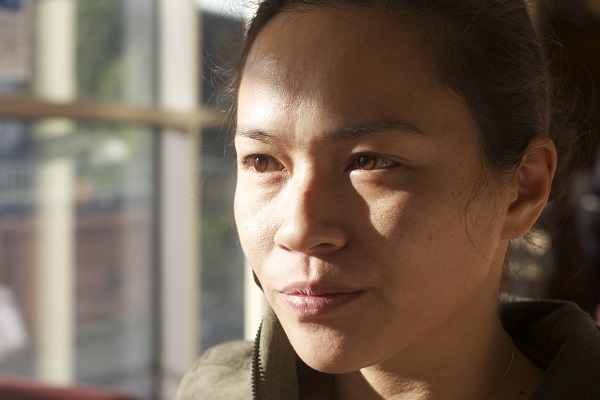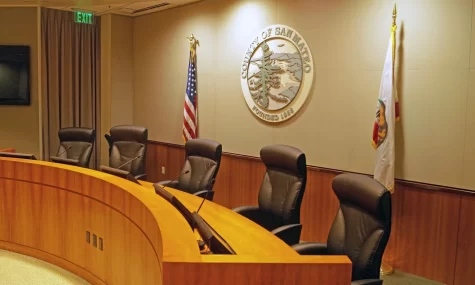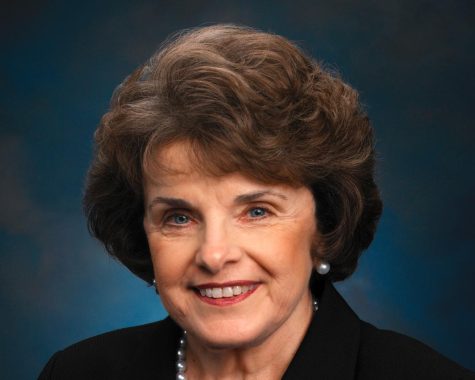CSU adds success fees for some campuses

Keely Wong, a student at CSU East Bay, says she is against the additional fees.
California State University students will be charged additional fees alongside their regular tuition and costs at 12 of the system’s 23 campuses.
Internal CSU documents refer to these fees, which range from fifty to nearly a thousand dollars, as “Category II campus mandatory fees.” However, they are better known as “student success fees,” a name that lends hopeful overtones to a policy that many see as a crafty way of simply raising tuition.
In January, California Governor Jerry Brown promised to keep annual CSU tuition static at $5,472 for a third consecutive year. In return, he allocated $142.2 million in general fund revenues for the CSU system in 2015, a four percent improvement over last year’s budget.
The new fees went into effect late last year, when CSU Chancellor Timothy P. White instituted them unilaterally. White did not seek any prior student referendum, a decision he defended in a policy revision released two weeks ago, citing “significant reductions in state financial support to the CSU and individual campus needs.” Only one CSU campus held an open, campus-wide vote on the proposed fees prior to their implementation; a second campus did not support such a vote, but instead held a smaller committee vote, which rejected the fees, and was ignored by the administration. A presentation by White to the CSU Board of Trustees on Sept. 9, 2014, notes that there is indeed “no formal notification process to the Board regarding campus discussions related to” the fees.
“I’m pretty against it,” Kylee Wong, a Communications major and former editor-in-chief of the CSU East Bay campus newspaper, ‘The Pioneer,’ said. “Education could be free if we wanted it to be.”
Wong considers herself an “anomaly” among her fellow students, few of whom even know the fees exist.
“I read about it a lot and listen to the news a lot,” she said. “Students are not really willing to find the information. And I think that’s because college is temporary in our minds, it’s not really something we invest a lot of time into learning about.”
CSU East Bay (CSUEB) is one of the dozen CSU campuses affected by the new ordinance. Students pay an average of $240 extra, or four percent of their annual contribution. This is still lower than the highest paying campuses, including CSU San Luis Obispo, where the average fee increase has been $780, almost ten percent of the total student cost. Several student groups have organized protests around the fees, notably at the CSU Northridge campus. However, it seems that information has been slow to reach students through the usual administrative channels. When asked about the fees, many CSUEB students said they were unaware of any recent increases. Representatives in student government, who also had never heard of “student success fees,” gave flustered responses to general budgetary questions.
“I have my own ideas about what exactly is going on but I haven’t made a full conclusion about it,” College Senator Keeret Uppal said. “If we say something incorrect, it makes us look really bad.”
CSUEB administrators did not immediately respond to questions over e-mail.
Some students who had not heard about any added fees said their financial burden is heavy enough to begin with.
“Expenses are already through the roof right now,” Romar Lamano, a Theater Arts major, said. His friend, Archie Barrina, said he is paying $2,180 a quarter in tuition and other expenses to attend CSUEB, where he is majoring in Kinesiology.
“Books, school, and food: it’s already really expensive, so why would you increase that?” he said.
Working in the wake of student pressure and national news coverage, the revisions White proposed to the Board of Trustees in January include holding a binding student vote in advance of adding any future fees. Existing fees will not be subject to such a vote until six years from now.
Update: this article has been replaced with the newest version available. 12:24 p.m. 2/20/15












